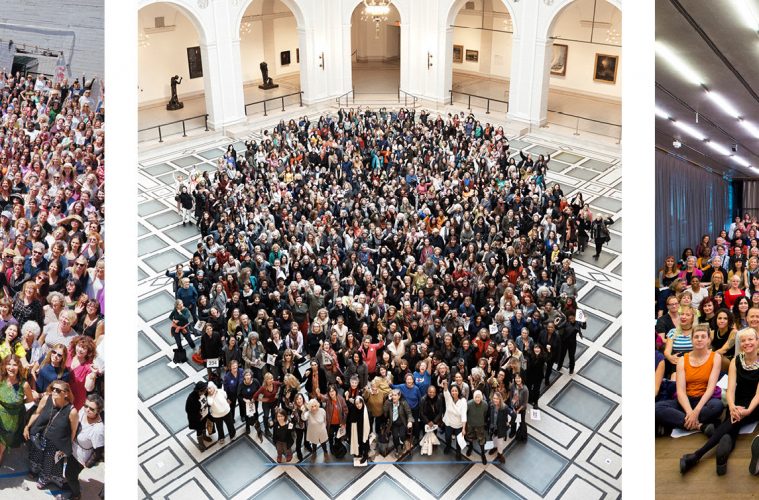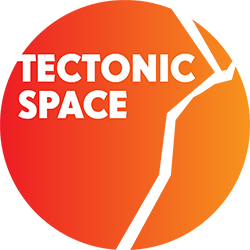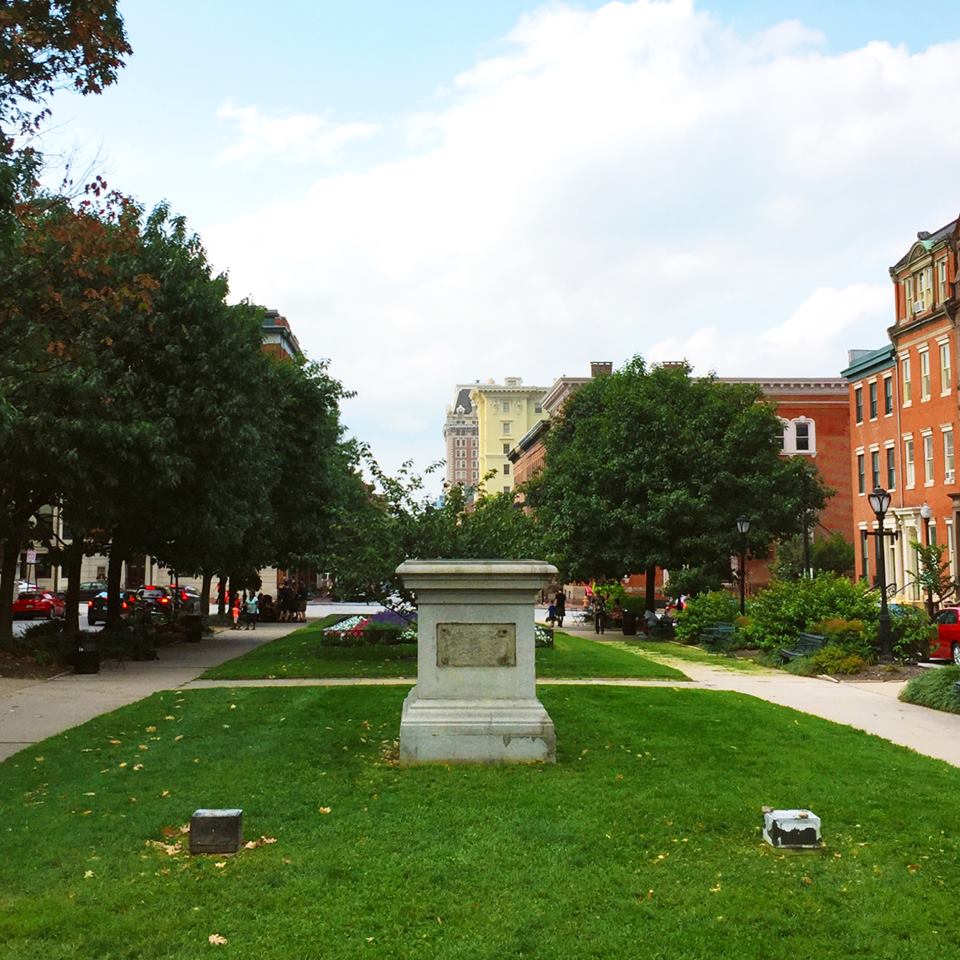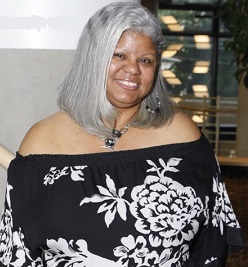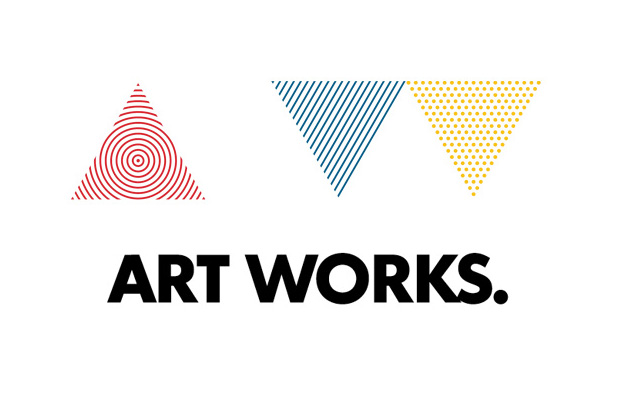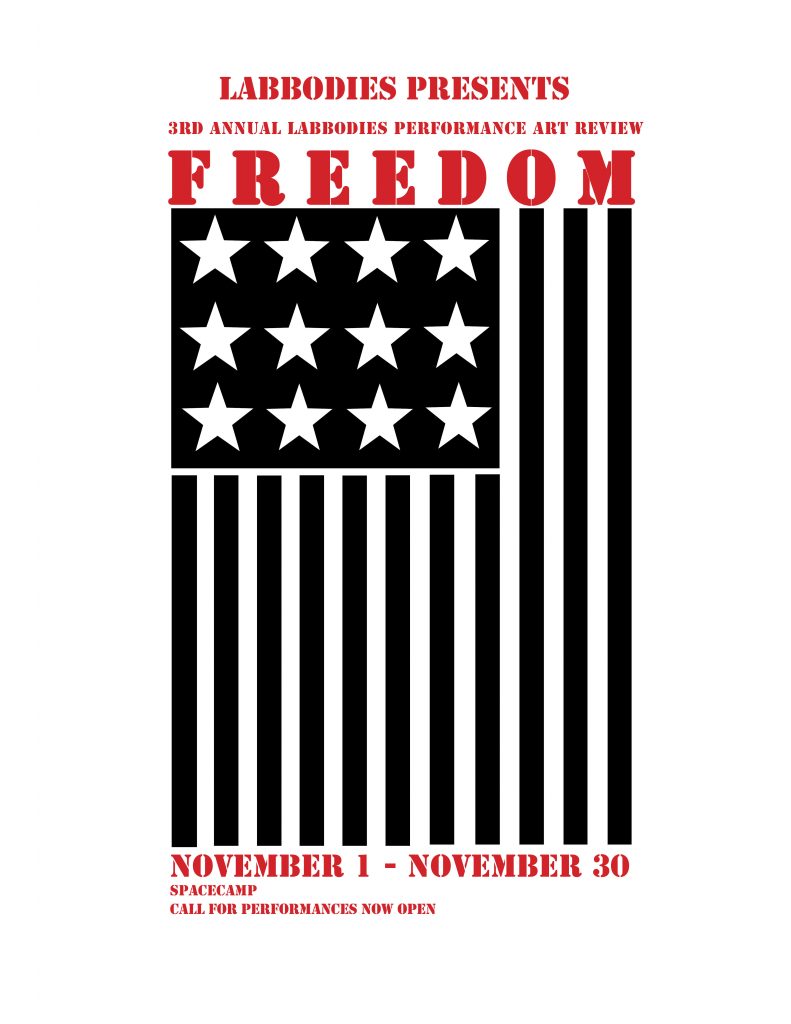WHAT: Now Be Here #4, DMV (DC/MD/VA)
Female and female-identifying artists are frequently overlooked in the art world—just 30% of artists represented by commercial galleries are women, and women artists only have about 25% of the solo shows at major museums. In partnership with Los Angeles-based artist Kim Schoenstadt, the Now Be Here project comes to the National Museum of Women in the Arts (NMWA) in Washington, D.C., for its fourth and final U.S. iteration.
Now Be Here #4, DMV will gather female and female-identifying visual artists for a group photograph of historic proportions. Previous Now Be Here gatherings have taken place in Los Angeles, New York City and Miami where, collectively, more than 2,000 women artists participated. Co-organized by D.C.-based artist Linn Meyers, this version will also feature a cocktail hour and an artist resource fair with representatives from numerous arts organizations in the DMV. In addition, Now Let’s Talk, a dynamic schedule of talks, lectures and panel discussions, will bring museums and organizations across the region together to highlight female artists and discuss issues of women in the arts.
The project website will list the artists in attendance so every artist is identified.
Invitations to local artists will be sent out in September. If you are with the media and interested in covering the event, please contact smeteer@nmwa.org to be added to the press list.
WHEN:
Wed., October 25, 2017, 6:30 p.m.
PRICE:
Free. Pre-registration for artists is required. Invitations will be sent in September.
Now Be Here #4, DMV is a free, event for female and female-identifying artists. If you would like an invitation please e-mail: freshtalk@nmwa.org.

